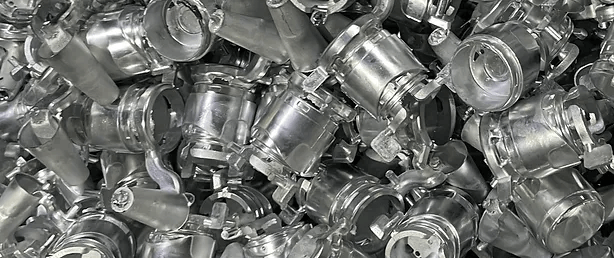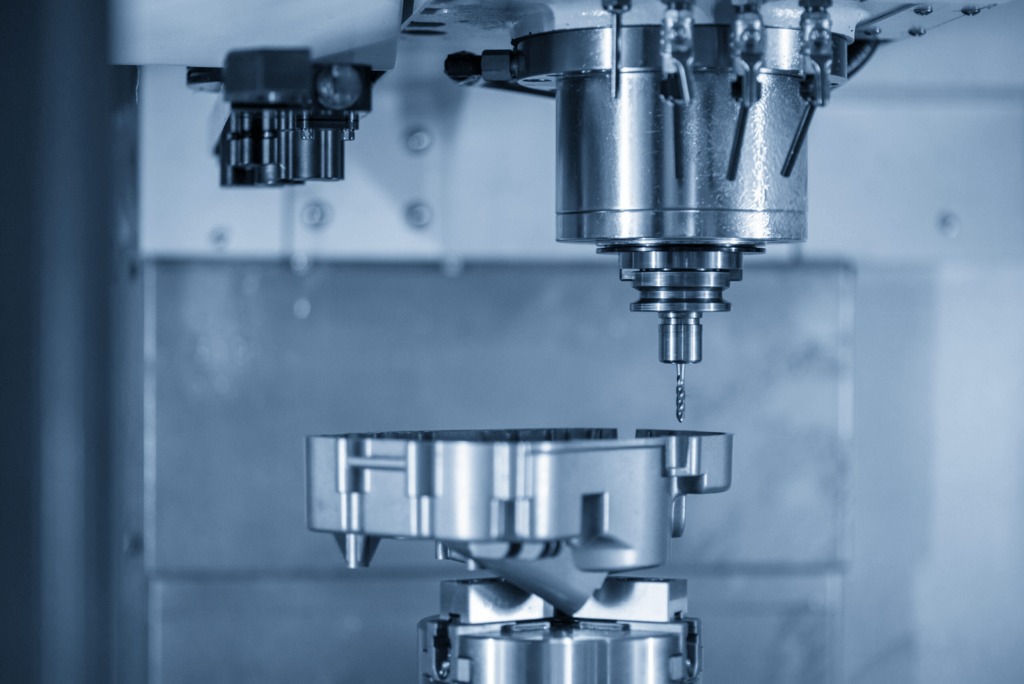5 Important Advantages of Die Casting Aluminum
Aluminum die casting is playing an increasingly important role in modern industrial manufacturing. Aluminum’s lightweight properties make it an ideal material for die casting, producing parts that are both lightweight and durable. Let’s take a closer look at some of the key benefits of aluminum die casting.
1.Mass production
die casting aluminum parts require little or no post-processing. This advantage allows companies to streamline the mass production process without allocating additional resources for finishing. Compared with other manufacturing methods, die-cast aluminum casting cycles are significantly shorter and the molten metal solidifies within seconds, making mass-produced parts extremely cost-effective.
2.Excellent mechanical properties
Die-cast aluminum imparts excellent mechanical properties to the parts it manufactures. Molten aluminum solidifies under high pressure to produce a crystalline product with a fine structure and dense structure. These die-cast parts have rigidity, hardness and excellent strength, while also having enhanced durability and excellent electrical conductivity.

3.High dimensional accuracy
Aluminum die casting produces strong and dimensionally stable parts that maintain high precision even under harsh conditions. It is therefore the first choice for manufacturing complex internal machine parts that require exacting precision standards. Die castings consistently achieve tighter tolerances than other casting methods, and the product can be enhanced in terms of dimensional stability without the need for additional machining.
4.Strong ability to process complex parts
Unlike other metal forming techniques, die casting aluminum excels at producing complex, thin-walled parts. Aluminum alloys are the most popular material for manufacturing such thin-walled parts due to their excellent strength-to-weight ratio. In die casting, aluminum alloy parts can be as thin as 0.5 mm.
5.Smooth surface finish
die casting aluminum parts have a uniform and smooth crystalline surface. Because the molten metal takes on the exact shape of the mold, the final casting has a finely polished surface, minimizing the need for subsequent post-processing steps. In fact, the product can be shipped immediately after the die casting process is completed.
